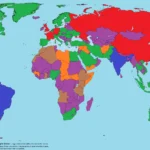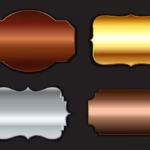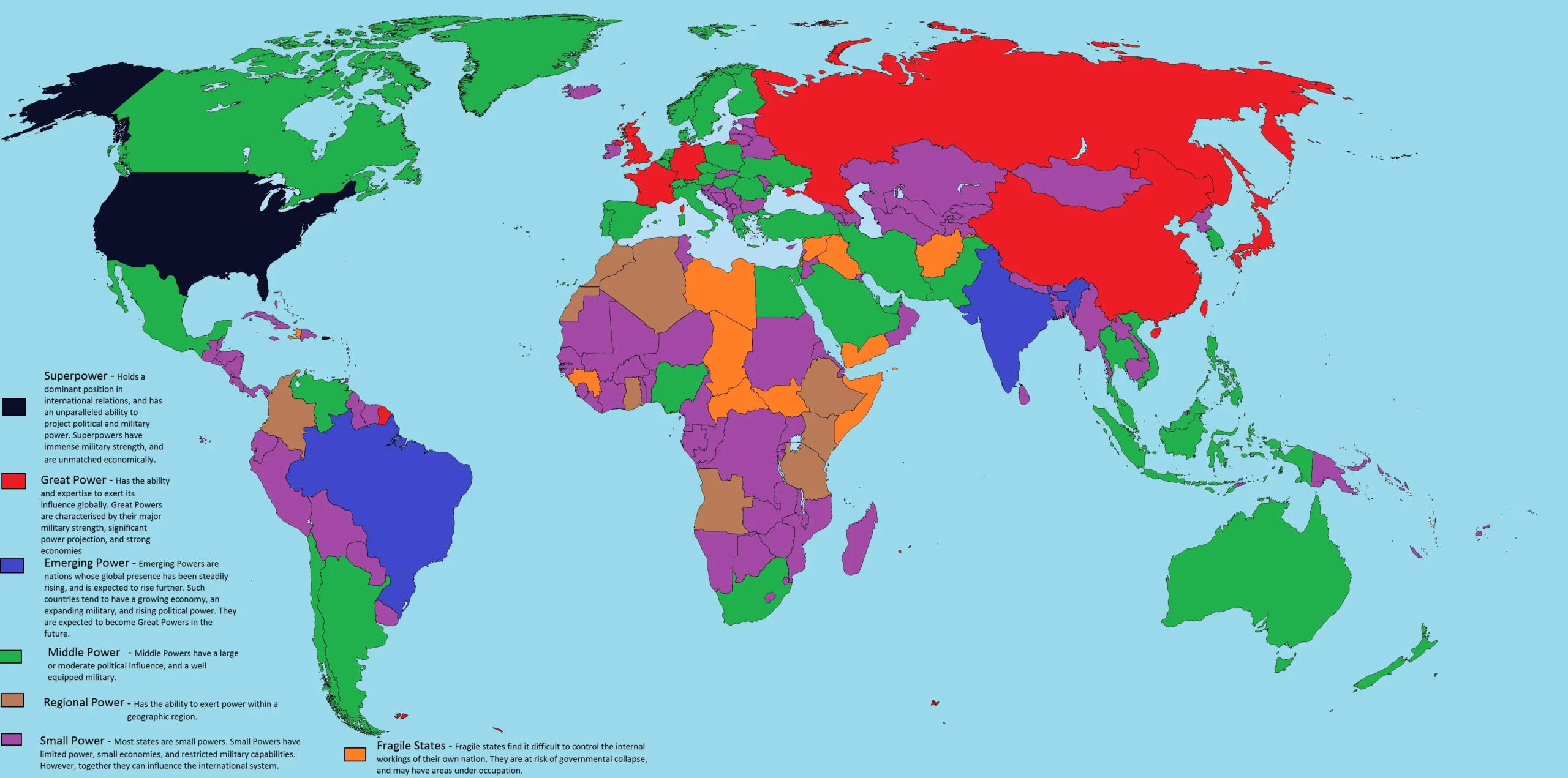Introduction
Rising majestically above the Parisian skyline, the Eiffel Tower stands as a testament to human ingenuity and artistic vision. Completed in 1889 for the Exposition Universelle (World’s Fair), this iron lattice structure has evolved from a controversial eyesore to a beloved global symbol of France.
History: From Concept to Reality
Commissioned to celebrate the centennial of the French Revolution, the Eiffel Tower was designed by Gustave Eiffel’s engineering firm, with key contributions from engineers Maurice Koechlin and Émile Nouguier, and architect Stephen Sauvestre. Despite initial outcry from artists and intellectuals who deemed it an “odious column of bolted metal,” construction proceeded swiftly. Over 300 workers assembled 18,038 iron pieces using 2.5 million rivets, completing the tower in just two years—a marvel of 19th-century engineering. Originally standing at 312 meters, it lost its title as the world’s tallest structure to New York’s Chrysler Building in 1930 but regained prominence with modern antennas, reaching 330 meters.
Design and Engineering Brilliance
The tower’s innovative design combines form and function. Its puddled iron structure, weighing 7,300 tons, is both lightweight and wind-resistant, swaying up to 9 cm in strong winds. Thermal expansion can alter its height by up to 15 cm. The three observation levels, accessible by elevators or stairs, offer breathtaking views, while the base’s four arched piers emphasize stability and grandeur.
Cultural Metamorphosis
Initially granted a 20-year permit, the tower was saved by its utility as a radio transmission tower. Today, it’s a cultural icon, featuring in films like An American in Paris and inspiring countless proposals at its summit. Anecdotes abound, such as writer Guy de Maupassant dining there daily to avoid seeing it, yet the tower now hosts over 7 million visitors annually, making it the world’s most-visited paid monument.
Scientific Contributions
Beyond aesthetics, the Eiffel Tower served as a laboratory for meteorological studies and wireless communication experiments. During WWI, it intercepted enemy signals, and in WWII, legend claims Nazis had to climb after elevator cables were cut. Its antennas remain vital for broadcasting.
Modern-Day Marvel
Today, the tower dazzles with nightly light shows, featuring 20,000 bulbs twinkling for five minutes each hour. It undergoes repainting every seven years, requiring 60 tons of paint. Sustainable initiatives, like wind turbines and rainwater systems, underscore its evolving relevance. Annual events, such as New Year’s fireworks, continue to enchant global audiences.
Conclusion
The Eiffel Tower’s journey from divisive relic to cherished emblem mirrors humanity’s capacity for reinvention. As it approaches its 135th anniversary, this iron giant remains a beacon of innovation, romance, and resilience, inviting the world to marvel at Paris from its lofty heights.











